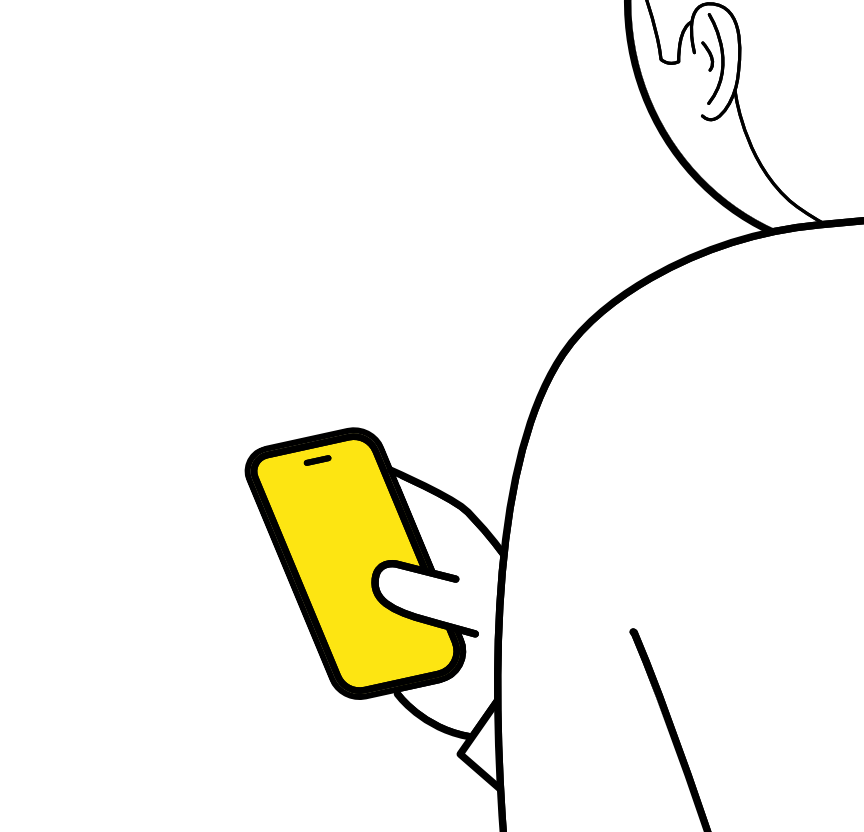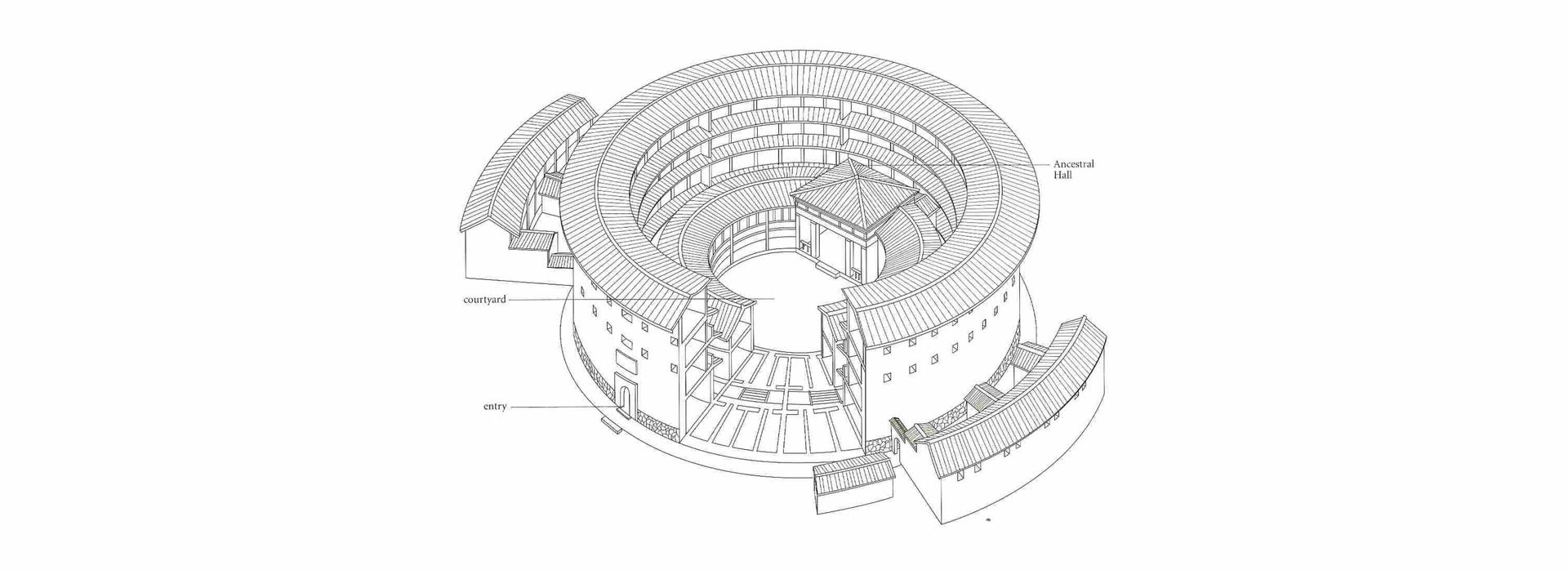Yifan Du
Rebuild the Fading Vicinity
Website: yifandu.com
Instagram: @solitarycomplex
Image

“Our surroundings are sinking down.”
Something is missing on the scale between me and the whole world. That’s also the dilemma of the Millennials. The giant gap between the ego and the world builds an invisible wall. This invisible barrier makes us nonchalant toward the trivial things happening just right in front of us. Ironically, the nonchalance makes our society more emotional and drastic. We get outraged more easily compare to the past.
How should I invite people to appreciate and care more about our surroundings? How do I rebuild the fading vicinity? Those questions are the starting point of my thesis journey.
Invisible wall
Since we are so obsessed with the magic of “the free will”, we invented the technology to liberate us from those “unnecessary interactions''.
Our phantom limbs
In this fading vicinity, we can get everything done just by clicking those buttons on the screen. We can rent a place to live, book a taxi, order food, and anything else online. We can avoid any obstacles in the real world if we want. We are indulging in easy thrills brought by technology. With the fading importance of vicinity, there is the fading importance of our hands and feet. In many cases, the physical activities shift from mandatory to optional. We can achieve many things solely by our phantom limbs.
The furthest closeness
Intelligent equipment is bringing people closer to the world. As long as you turn on the screen, you can quickly learn about the world's information, yet almost no one thinks that this kind of proximity is just a falsehood. That proximity is just the distance between the person and the device. We are getting closer to our phones but further apart from reality.
Why vicinity is fading?
- The changing of the productive structure
- With the development of technology and the division of labor in society, the production activities become more complicated, more technical. The technical barrier between each profession becomes stronger.
- The migratory population
- The primitive community is a combination of Consanguinity and Geography. The migratory people broke this balance.
- Internet platforms
- Eliminate layers of communication to improve the productivity of the transactions. We expect more from technology and less from each other
Image

Tulou is a traditional and historic communal living structure from my hometown in China. It’s been there for hundreds of years. The World Heritage Site describes it as “exceptional examples of a building tradition and function exemplifying a particular type of communal living and defensive organization, and, in terms of their harmonious relationship with their environment, an outstanding example of human settlement.” This case study makes me interested in the history of the co-living movement. The history of the co-living movement is almost as long as human history. In ancient times there were three reasons why people choose to live together.
- Sharing tools and material
- Autonomy or self-governing of the community.
- It gives residents the feeling of belongingness and feeling of safety.
I found there are three key factors that made tulou so successful. Which are a boundary, layer, and social recognition. Tulou has a strong wall with only one entrance. This wall not only has the function of protection but also gives residents the feeling of belonging and feeling of being safe. The different layers of Tulou serve different purposes. Usually, the outer layers are for residential purposes and the inner layers are for public activities. It is crucial to be recognized as a member of the Tulou community. Everyone living in Tulou plays their social role to contribute to this big family.
Image

As that being said, I want to build a mobile phone application based on those three key factors this time. There are two main reasons why I took the app as my approach. Firstly, our phones are one of the tools we use the most to communicate with each other. Secondly, most phones can get the user's location information.
Video file
BIBILOGRAPHY
- “Drawing of a Tulou.” LUNA, images.lib.ncsu.edu/luna/servlet/detail/NCSULIB~1~1~88274~147627:Drawing-of-a-Tulou?qvq=w4s:/when%2FAsian&mi=3015&trs=3345.
